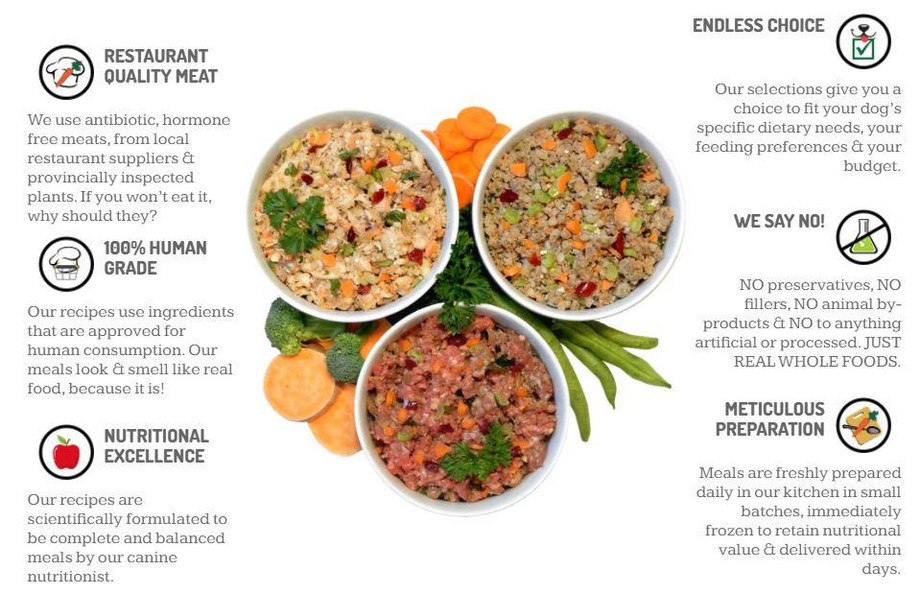In recent years, dog owners have started to rethink their pets' diets, leading to a growing interest in fresh and raw dog food. This shift away from traditional kibble and canned options towards more natural diets mirrors an increasing awareness of the link between nutrition and canine health. Here, we explore the benefits and important considerations of feeding your dog fresh and raw food.
What is Fresh and Raw Dog Food?
Fresh and raw dog food focuses on providing minimally processed, whole-food ingredients. Typically, this includes raw meat, bones, organs, and often vegetables and fruits. The idea is that such a diet closely mimics what dogs would naturally eat in the wild.
Nutritional Benefits
Improved Digestibility: Raw food advocates suggest that the natural enzymes in raw meat help with digestion, potentially reducing issues like bloating and gas.
Healthy Skin and Coat: Omega-3 fatty acids in raw ingredients like fish can enhance the shine and health of a dog's coat and skin.
Better Dental Health: Chewing on raw bones can naturally clean teeth and lower the risk of periodontal diseases.
Optimal Weight Management: High-protein, low-carbohydrate fresh and raw diets can help maintain a healthy weight in dogs.
Considerations and Potential Drawbacks
Bacterial Contamination: Raw meat can carry harmful bacteria like Salmonella and E. coli, posing risks to both dogs and their owners. Strict hygiene practices are essential.
Nutritional Imbalance: Ensuring a balanced diet with raw food requires careful planning. Without it, dogs may lack essential nutrients.
Cost and Accessibility: Fresh and raw dog food is often more expensive than traditional options, and sourcing ingredients can be challenging in some areas.
Safe Transition to a Raw Diet
A gradual transition to a raw diet is recommended to avoid digestive issues. Start by mixing small amounts of raw food with your dog's current diet and gradually increase the proportion over several weeks.
Commercial Raw Diets vs. Homemade Preparations
Commercial Raw Diets: These pre-packaged meals are designed to meet a dog's nutritional needs and offer convenience, though they can be costly.
Homemade Preparations: Preparing raw meals at home allows for control over ingredients but requires thorough research to ensure nutritional balance.
Consulting with Veterinarians
Before switching to a fresh and raw diet, consult with a veterinarian. They can provide personalized advice based on your dog's breed, age, health status, and dietary needs. Regular veterinary check-ups are also crucial to monitor your dog's health and adjust their diet as needed.
The Evolution of the Pet Food Industry
The growing popularity of fresh and raw dog food has led to changes in the pet food industry. Many brands, both established and new, now offer raw options to meet the demand for natural and minimally processed nutrition.
Conclusion: Responsible Pet Ownership and Nutritional Choices
While the trend towards fresh and raw dog food presents exciting opportunities, it also requires careful consideration. Thorough research, veterinary consultation, and commitment to safe food handling are essential. Ultimately, responsible pet ownership involves making informed choices that prioritize your dog's health and well-being. Whether you opt for a fresh and raw diet or stick with traditional food, ensuring a balanced, complete diet tailored to your dog's needs is key.
For high-quality fresh and raw dog food options, visit The Healthy Barker. Provide your dog with the best nutrition for a healthier, happier life.

